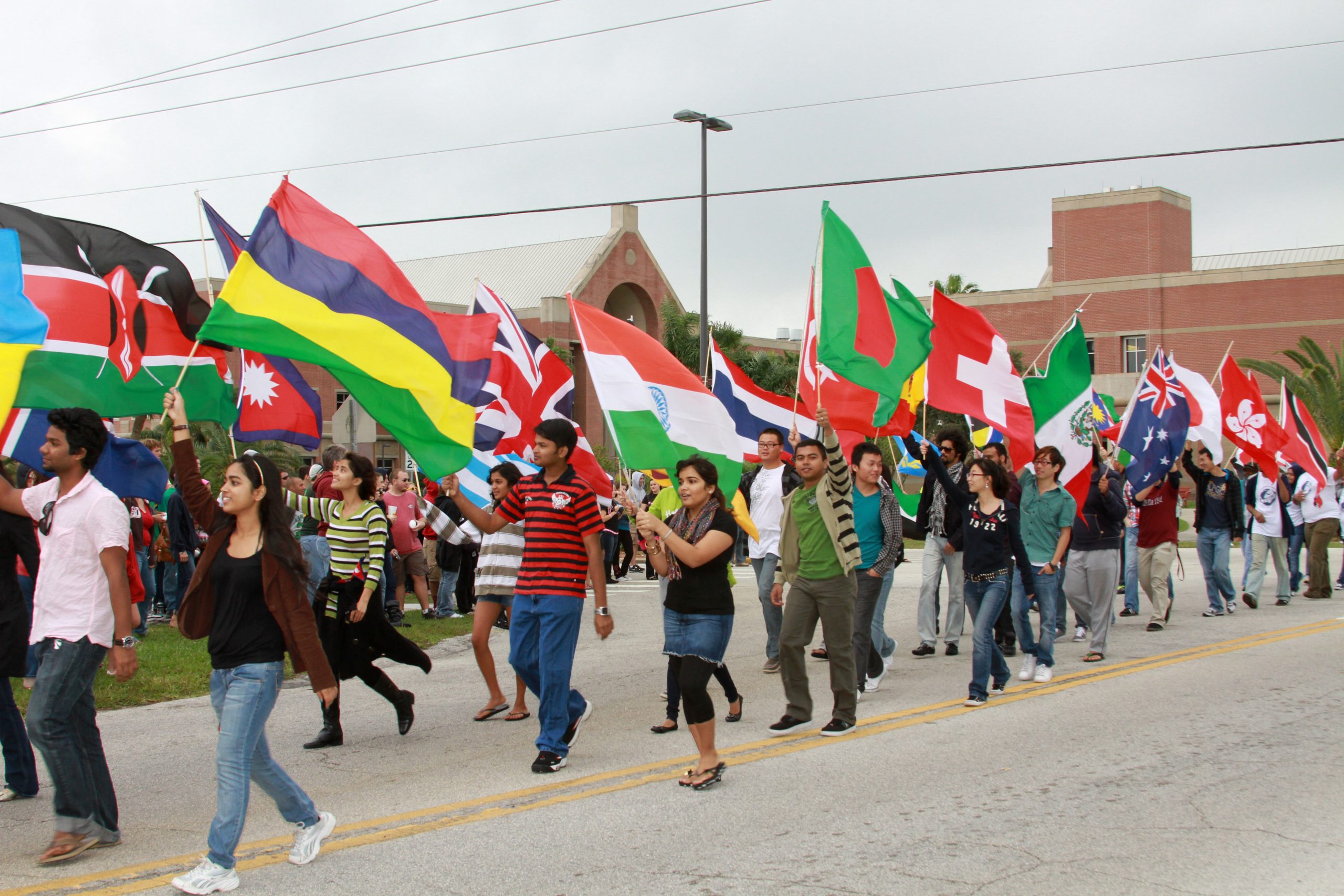The Value of Diversity
By Mary Beth Kenkel, Ph.D., Dean, College of Psychology and Liberal Arts

Florida Institute of Technology recently earned the distinction of being the most internationally diverse national university in the U.S. through rankings compiled by U.S. News & World Report (USNWR). Having the highest proportion of international students—33%—gained us that honor. As USNWR indicated, “Schools with a strong global presence often have a wealth of cultural groups and events, allowing international students an opportunity to share their food, music and traditions with their U.S. peers.” That is certainly the case at FIT where our 2,193 international students come from 123 different countries and are about equally divided between our undergraduate and graduate programs. While the international students are mainly in the engineering and computer sciences programs, the number in psychology and behavior analysis is increasing.
International students add another type of diversity to our rich mix of students. In contrast to other fields, psychology has been very good at attracting women to the field. In fact, as a result of a steady trend of higher proportions of women entering the psychology field, women now constitute 68% of the psychology workforce. That percentage holds true for us as well, where among our psychology student body, approximately 70% are women. In addition to gender diversity, we also seek out and include students who represent individual and cultural diversity in terms of their age, race, ethnicity, religion, sexual orientation and disability. Our goal is to have our student body reflect the diversity of our nation.
Why is this diversity important and valuable? Most importantly, it helps students learn how to interact with the diverse clients and colleagues they will work with in the future. As the diversity of the U.S. continues to increase, graduates need to be competent in dealing with the wide array of individual differences they will encounter. That type of learning cannot be gained from reading text books; instead, it comes from direct interactions with people, such as fellow students, professors, clients and colleagues, from different backgrounds. These intercultural experiences enrich and expand students’ learning. This view is supported by a recent Gallup Poll which found that students who had contact with many international students rated their education as more valuable. Additionally, researchers have consistently found a strong relationship between students’ exposure to people from different backgrounds while in school and positive long-term outcomes, such as increases in cultural awareness and commitment to racial understanding.
Employers also value the type of learning gained in a diverse educational environment. One of the six competencies of career readiness, identified by the National Association of Colleges and Employers through their extensive survey of employers, is Teamwork/Collaboration. It is defined as the ability to “build collaborative relationships with colleagues and customers representing diverse cultures, races, ages, genders, religions, lifestyles and viewpoints. The individual is able to work within a team structure and can negotiate and manage conflict.” A diverse student body provides the means to learn these skills.
To derive the most value from diversity, faculty and administration must not only recruit diverse students, but also find ways to promote and encourage interaction, integration and intercultural learning. The benefits from such learning are immense and result in great gains in the students’ personal and professional development. Diversity works!





